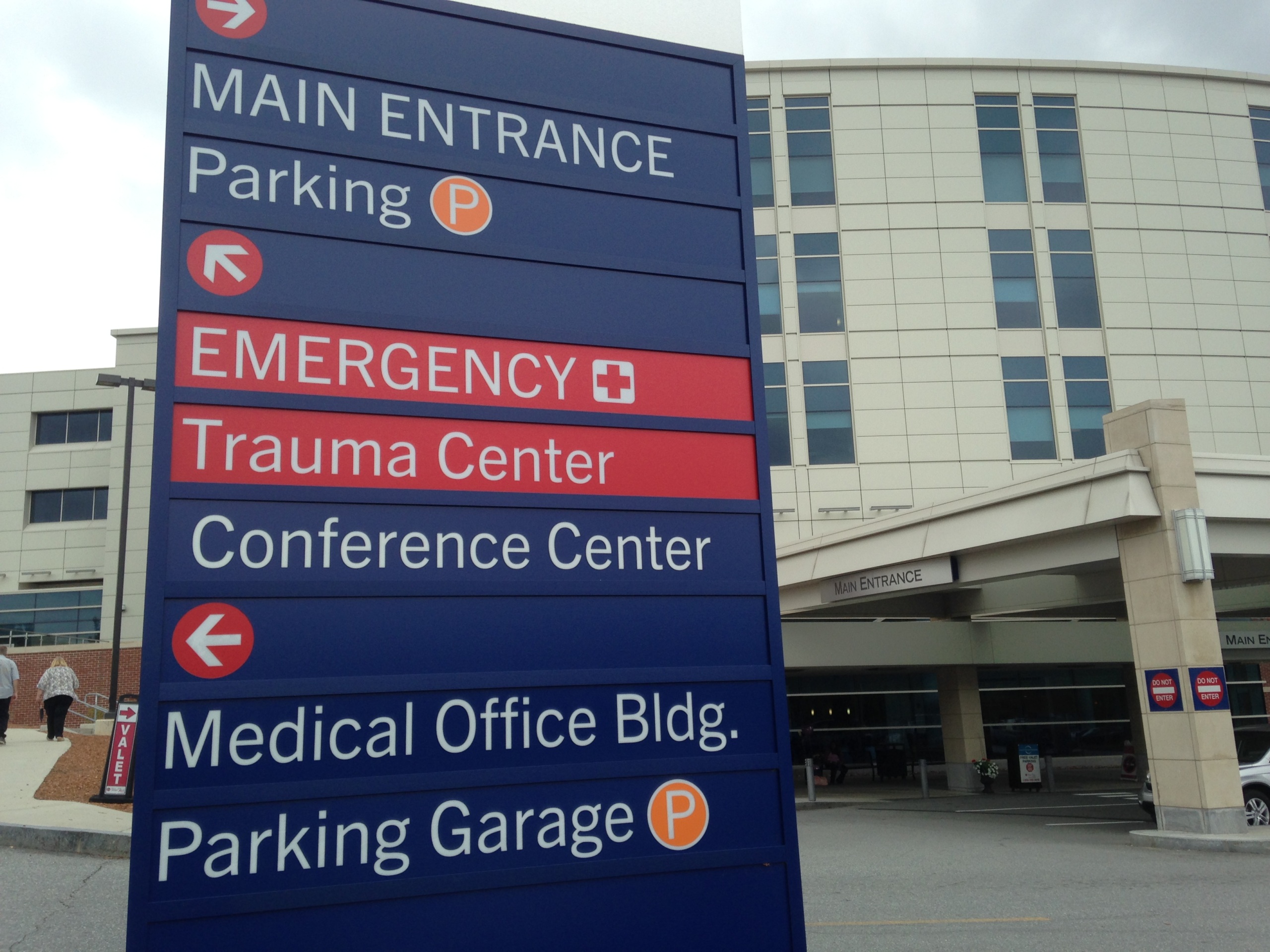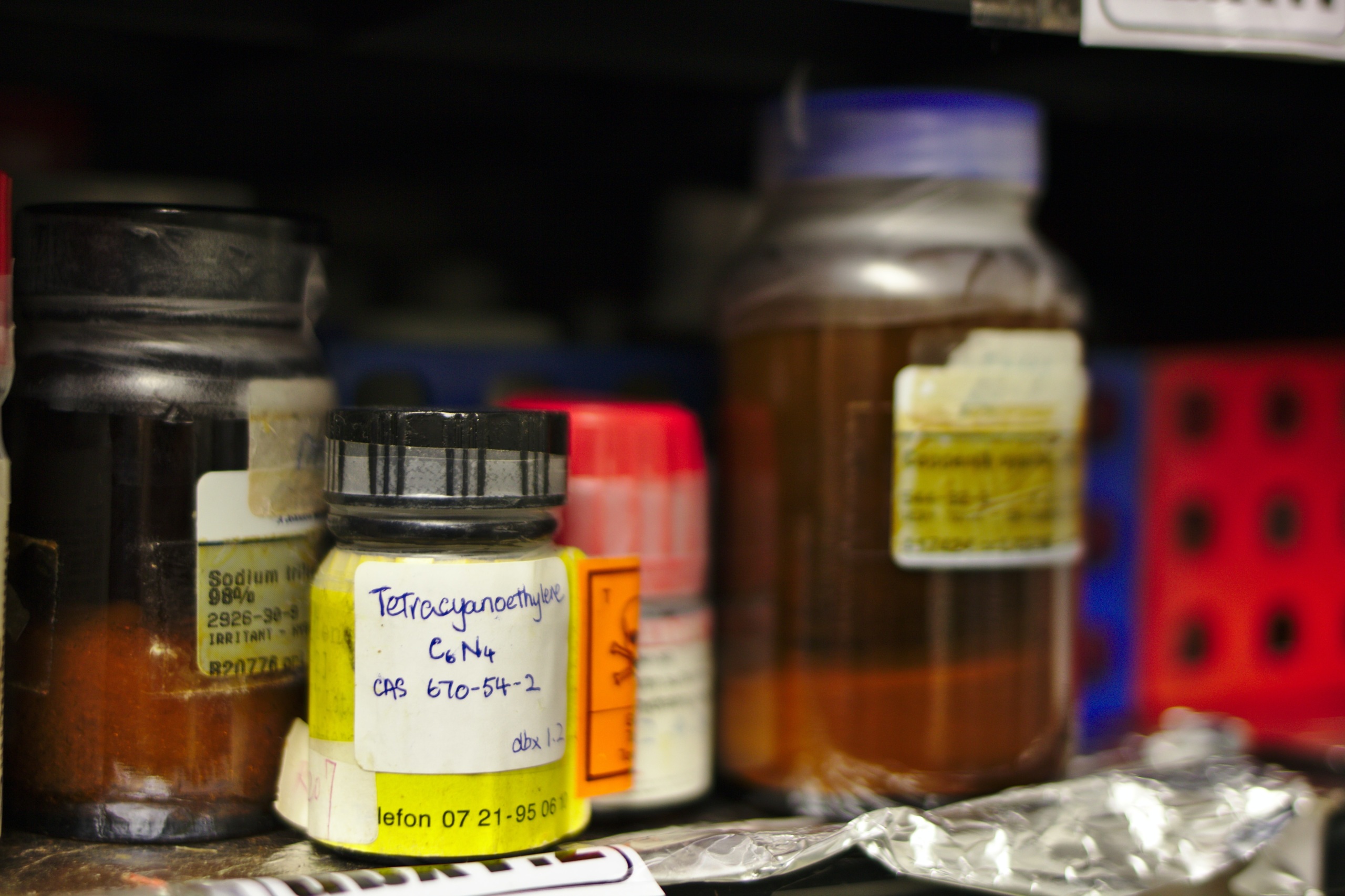
Transparency in Health Care Pricing
Do you want to know how much an MRI will cost you or your insurance company? How about a mammogram or dental care? Trying to compare costs of care from different medical providers can be a frustrating exercise. Despite accounting for more than 17 percent of the nation’s economy, costs in the health care sector are remarkably opaque. However, there are a few efforts underway to gather more information about the true costs of care.
Do you want to know how much an MRI will cost you or your insurance company? How about a mammogram or dental care? Trying to compare costs of care from different medical providers can be a frustrating exercise. Despite accounting for more than 17 percent of the nation’s economy, costs in the health care sector are remarkably opaque.
Price transparency is important both for individual consumers and for our health care system as a whole. Consumers who pay for care out of pocket or who have high deductibles don’t want to pay more than necessary, especially if, as is so often the case, differences in price aren’t linked to a meaningful difference in outcomes or the quality of care. For the health care system, understanding how much care costs is a critical step in identifying opportunities to reduce the cost of care.
There are a few efforts underway to gather more information about the true costs of care. Eleven states have comprehensive databases that provide information on how much insurers pay for various procedures at different hospitals and include information about outcomes. A central repository of cost information can make it much simpler for consumers to assess the costs of receiving care. (Additional states, such as California, collect information on how much hospitals charge for care, but do not gather data on how much hospitals were paid.) However, not all insurers are eager to provide this cost information to consumers. In Washington, legislation to create a statewide cost database was defeated because of fierce opposition from the state’s largest insurance company.
Another approach is to collect data directly from consumers, who voluntarily report how much their insurance company paid for their care. While this approach isn’t as valuable as a comprehensive database, it does provide useful anecdotal information. My local public radio station is asking listeners to report information on procedures they’ve had performed, including how much the provider charged, how much the insurance company paid, and how much the consumer had to pay. This is part of a national effort by Clear Health Costs to collect information from consumers and share it with consumers and journalists who cover health care.
The anecdotal information about health care costs compiled through voluntary efforts may help organize citizens and encourage legislators create comprehensive health care cost information. And that information is key to making health care affordable.
Topics
Authors
Elizabeth Ridlington
Associate Director and Senior Policy Analyst, Frontier Group
Elizabeth Ridlington is associate director and senior policy analyst with Frontier Group. She focuses primarily on global warming, toxics, health care and clean vehicles, and has written dozens of reports on these and other subjects. Elizabeth graduated with honors from Harvard with a degree in government. She joined Frontier Group in 2002. She lives in Northern California with her son.
Find Out More

Developing the antibiotics we need

How useful are hospital price transparency tools?

More and better testing would protect us from chemical threats

